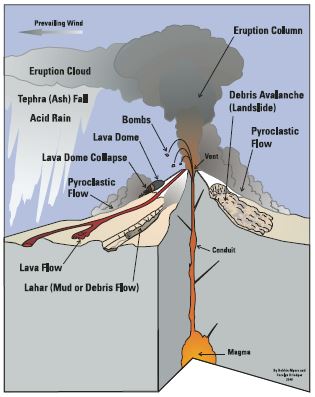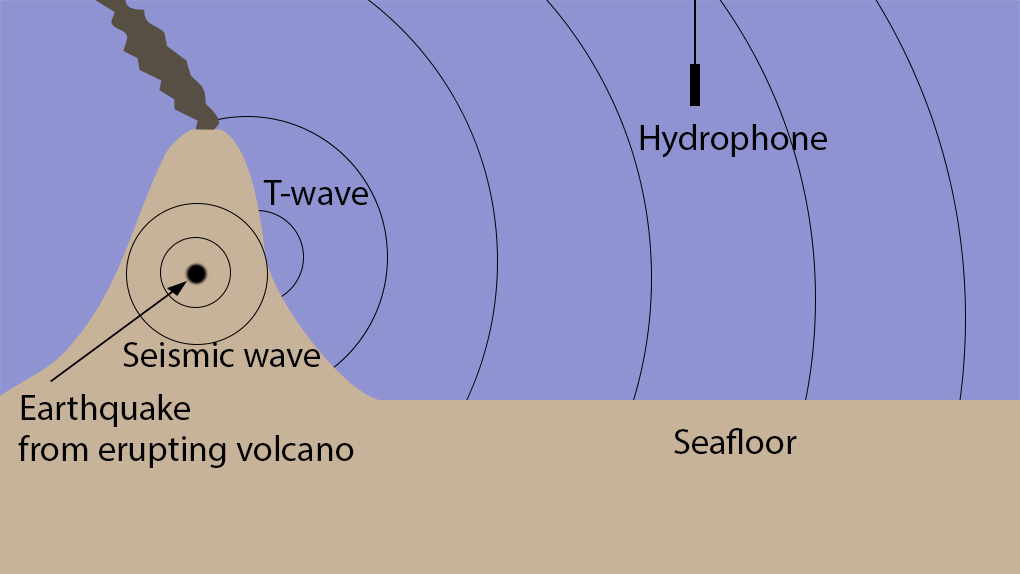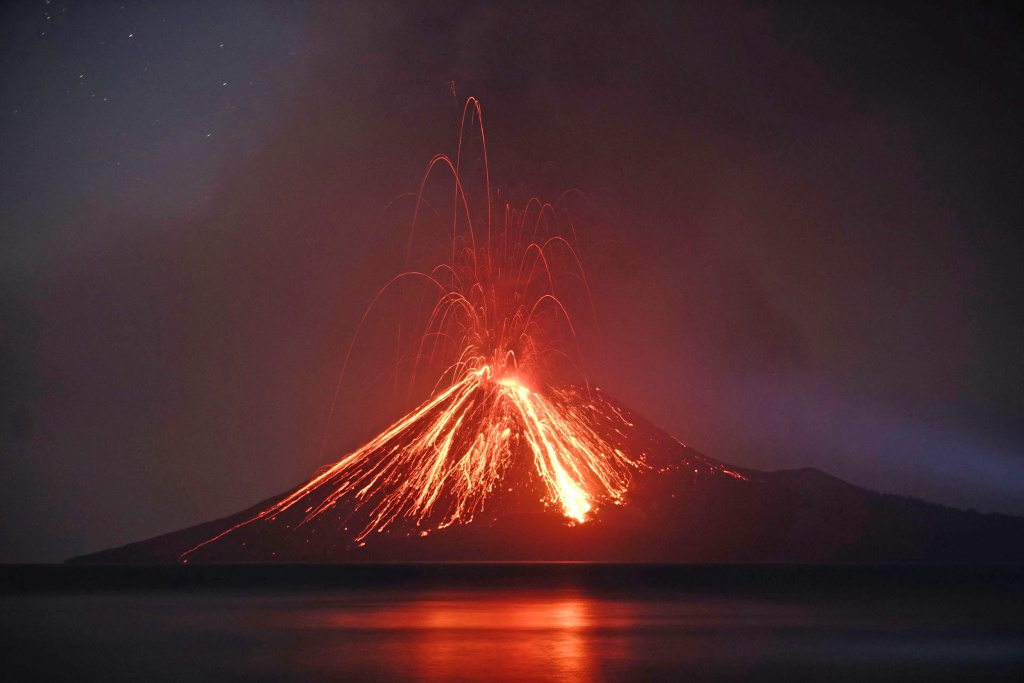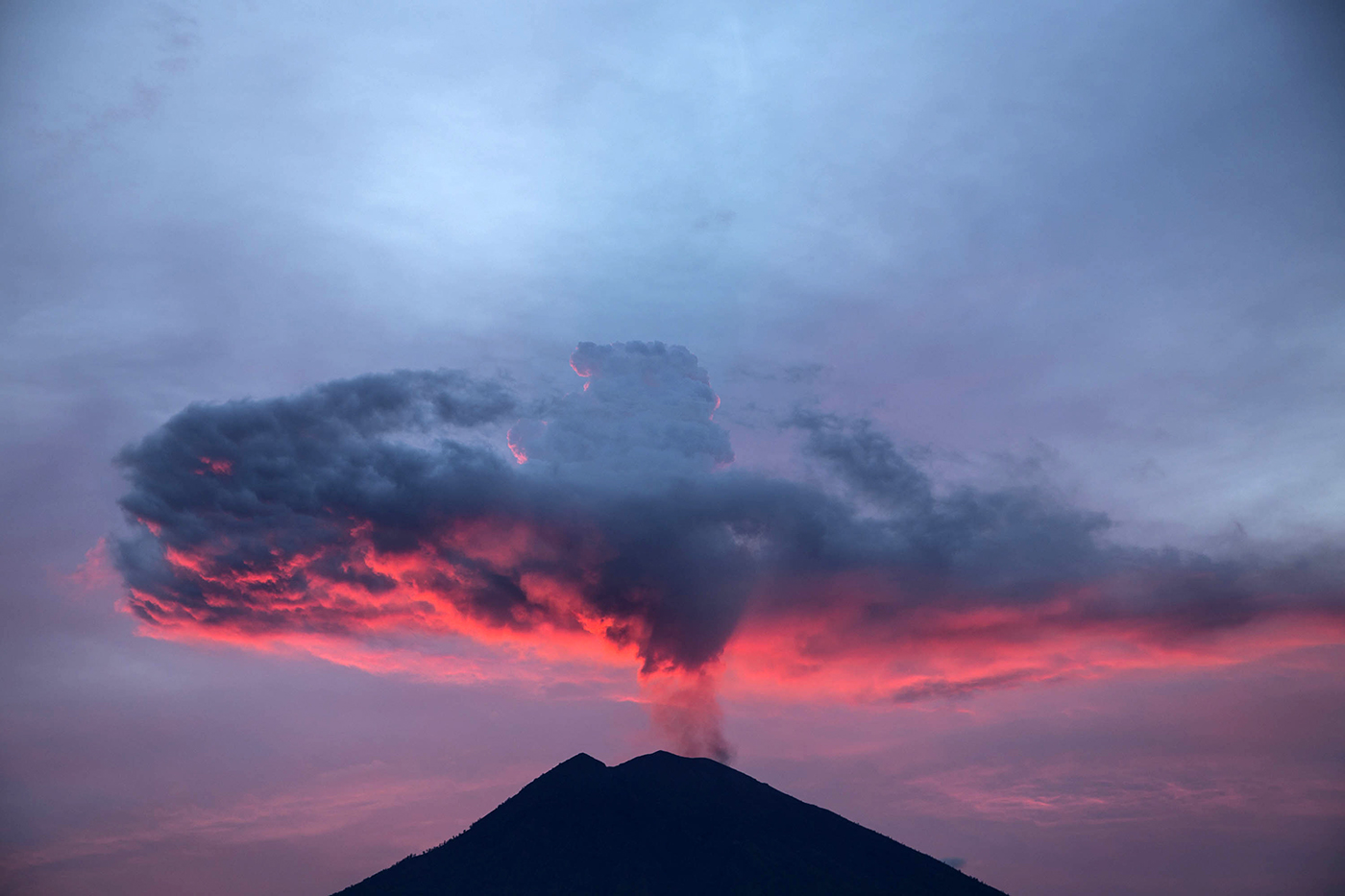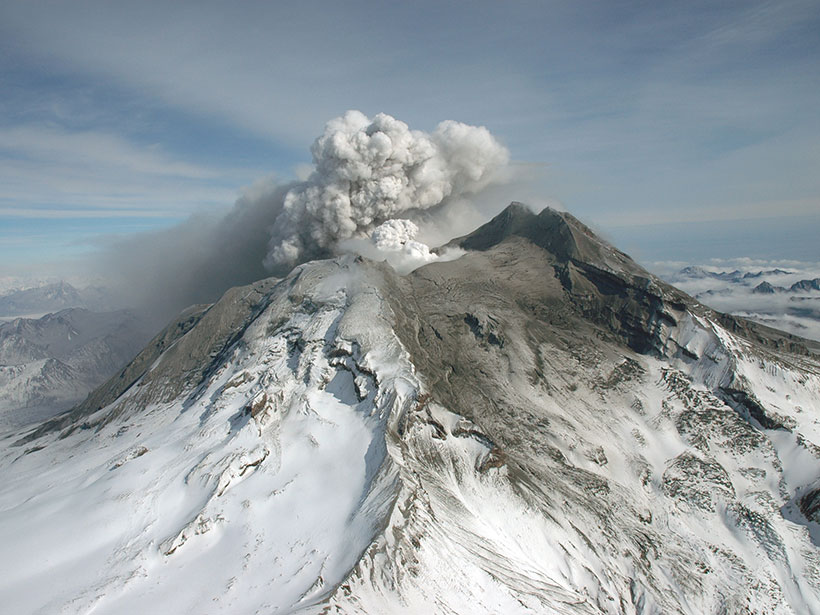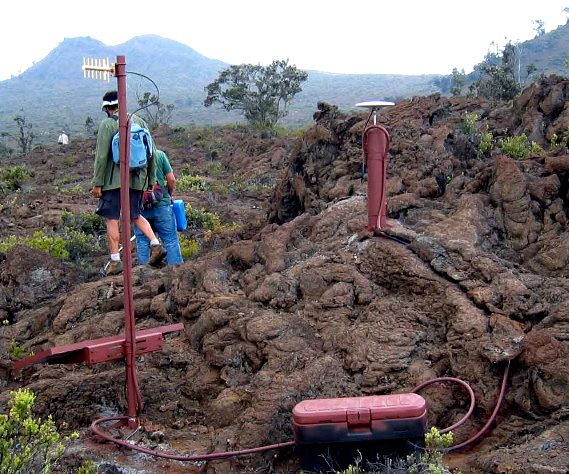Looking Good Info About How To Detect A Volcano

Located in the volcanic areas and can be used to detect explosive eruptions, estimate the amount of ash erupted, and track the volcanic plumes.
How to detect a volcano. By hawaiian volcano observatory march 17, 2005. One of the simplest ways to classify volcanoes is by their recent eruptive history and potential for future eruptions. An increase in the frequency and intensity of felt earthquakes.
The location of masks and cinder cones along the volcano generally coincides (northwest and southeast). How do scientists detect and classify volcanoes? Subtle swelling of the ground surface.
In response to these challenges, researchers explored the use of fiber optic cables as a way of detecting volcanic tremors associated with subglacial volcanoes. These radar capabilities can be used to. A case study of an eruption of calbuco in chile was used to evaluate.
The “system” wright refers to is the modis thermal alert system, known as modvolc, which now enables scientists to detect volcanic activity anywhere in the world. Volcano monitoring utilizes a wide. Volcano watch — scientists can now detect changes in a volcano's shape from space.
From the university of washington. Scientists use a wide variety of techniques to monitor volcanoes, including seismographic detection of the earthquakes and tremor that almost always precede eruptions, precise. An increase in earthquakes can be a sign of an impending eruption.
Cinder cones of various sizes are segmented, not just large ones. Volcanologists use many different kinds of tools including instruments that detect and record earthquakes (seismometers and seimographs), instruments that measure ground. Noticeable steaming or fumarolic activity and new or enlarged areas of hot ground.

